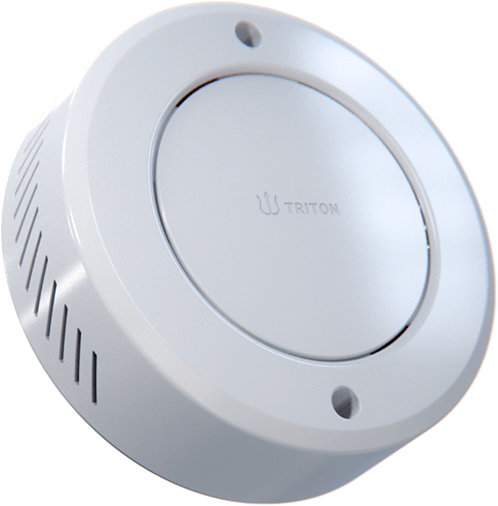Not long ago, vaping seemed unstoppable inside schools. Between classes, students were able to slip into the bathroom where nicotine vapors flavored with THC and flavor were unnoticeable. Teachers and administrators felt helpless until districts turned to a vape detection system.
Today all over the country, schools are reporting major success stories that demonstrate how transformative the technology can be in combating the vaping crisis.

A Case Study: Lower Vaping by 83 Percent in 10 Weeks
Luling Independent Schools District had the most serious issue of vaping. Students continued to vape regardless of numerous warnings and a stricter guidelines. Smoke alarms don’t work to detect vapor and staff members can’t be everywhere all at once.
The district conducted tests on a variety of vape detection devices in March. The results were shocking. Within a matter of five weeks, reports of vaping had decreased noticeably. In the 10 weeks following the amount of vaping was down by an impressive 83%.
Administrators noticed a difference beyond the numbers. Teachers reported less disruptions and students realized the fact that vaping could not go unnoticed.
Match Charter Schools also enjoy similar success
Match Charter Schools also has an impressive example. High and middle school students were smoking at the time. They put in place a set of smoking alarms on vapes in the month of August and noticed immediate positive results.
Then, in December, less than four months later, the administrators announced the 80% reduction in vaping-related incidents that occurred weekly. Parents were pleased with the school’s efforts in adopting concrete measures to safeguard students, and teachers observed a clear reduction in bathroom loitering and hallway crowding.
These two districts illustrate what is becoming a trending trend: schools that embrace vape detection experience tangible improvements in both behavior and overall safety.
What are the factors that make vape detectors efficient?
This technology is what gives the results. Modern vape detectors don’t just detect vapors but also track the quality of air, track occupancy and send real-time notifications to staff. So, administrators no longer need to rely on guesswork or reports from after the fact.
Detectors are also built to ensure privacy. No cameras. No audio recording. Accurate, instant data is the only thing needed to help schools make quick decisions without compromising students’ rights.
This combination of effectiveness and compliance makes vape detectors one of the most practical safety tools schools can adopt today.
The Safety Net Goes Beyond Vaping
Many administrators know that detectors are more than the prevention of vaping. Modern systems detect loud noises or triggers for keywords that can be linked to emergencies, and even vandalism threats.
For instance in the event that a group of students begin to linger in a bathroom The detector will be able to detect an unusually high occupancy. Staff will be alerted immediately when someone shouts an emotional word such as “help”. The vape detector devices at schools are a part of a larger safety program that addresses dangers to health as well as potential violence.
Why Parents and Boards Support Vape Detectors
A benefit that is often overlooked is the confidence that comes from transparency. Schools using detectors may create reports which clearly illustrate trends in vaping. These reports can be shared with schools, community groups and parents to show that concrete measures are being implemented.
Parents react positively, especially when they observe tangible outcomes. Vape detectors don’t just catch students. It safeguards their health and reaffirms the message that vaping isn’t a suitable activity for schoolchildren.
The Takeaway: A Tested Path to Success
Vaping was a war that felt invisible to the schools for a number of years. However, studies of cases carried out in schools across the country prove that this isn’t true. With the help of a vape detection device, administrators can spot incidents immediately, discourage risky behavior, and create safer environments for students.
The vaping issue isn’t over yet however, the tide is turning. Schools investing in vape detection technologies don’t just respond to an issue, they’re also leading the way towards a healthier future.
Conclusion
From Texas from Texas to Massachusetts Schools are proving that technology is effective. Modern vape detectors do more than just sound the alarm. They influence behavior and build trust, as well as providing a long-lasting solution for today’s biggest student health challenge. Vape detectors are now standard in any school district that cares about safety.